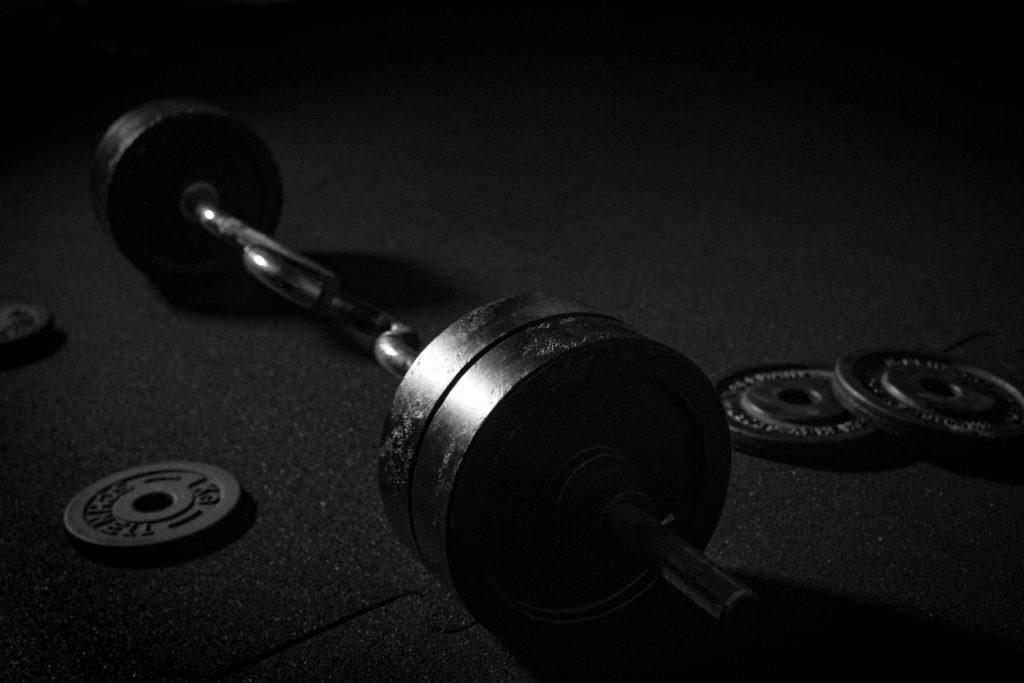This article is part of a series written by Dr. Kevin Pauza
Understanding the cause of a condition is a necessary step in determining how to best treat that condition, or even how to prevent it from occurring. This is why it’s important to be aware of what allows discs to become herniated and what the cause of pain related to herniated discs is.
What Causes Herniated Discs?
Similarly to most spine issues, a person can avoid developing herniated discs by avoiding flexing forward and rotating whenever possible. This is because forward flexion and rotation place compression and shear forces on the disc’s annulus fibrosus. This causes annular tears which lead to herniated discs.
Herniations are also unrelated to how much weight one lifts. Rather, what’s important is how one lifts that weight. It’s safe to lift 300 lbs, provided one lifts the correct way without bending forward or twisting. Bending forward and twisting while lifting only 30 lbs is more damaging, as this is likely to cause annular tears and herniated discs.
What’s important to understand is that these actions all contribute to the development of annular tears in the spinal disc and these annular tears are what make disc herniation possible.
How Herniated Discs Occur
Herniated discs occur when the center of the spinal disc, which has a soft, jelly-like center called the nucleus pulposus, pushes through tears in the tougher, rubber-like exterior of the disc called the annulus fibrosus.
Sometimes people herniate a disc gradually through wear and tear on the disc caused by compressive forces (bending forward) or shear forces (twisting), while some herniate discs abruptly through injury or some form of trauma to the disc.
An interesting fact, which often surprises many is that the pain associated with herniated discs is most often caused by the nucleus pulposus leaking through annulus tears onto spinal nerves, inflaming those nerves. This inflammation of the spinal nerves is what causes most pain and symptoms that patients experience, not the mechanical pressure of the herniated disc pinching a nerve, as many surgeons have historically thought.
This explains why epidural steroid injections provide temporary relief. They cool off an inflamed nerve by temporarily stopping the inflammation, thus stopping pain or numbness in the short-term. Unfortunately, these steroid injections do not heal annular tears, which stops them from providing lasting relief.
The Discseel® Procedure
Fortunately, the Discseel® Procedure is not only able to address annular tears by sealing them and preventing further leaking but it also allows spinal discs to heal themselves naturally.
The Discseel® Procedure is able to do this using an FDA-approved fibrin biologic that repairs annular tears in the herniated disc. The biologic also restores spinal discs by instigating regrowth of torn tissue, thus eliminating back pain, sciatic pain, and other pain caused by herniated discs.
